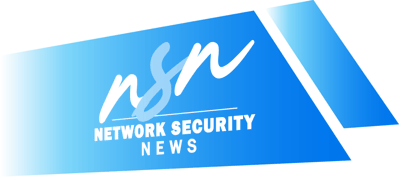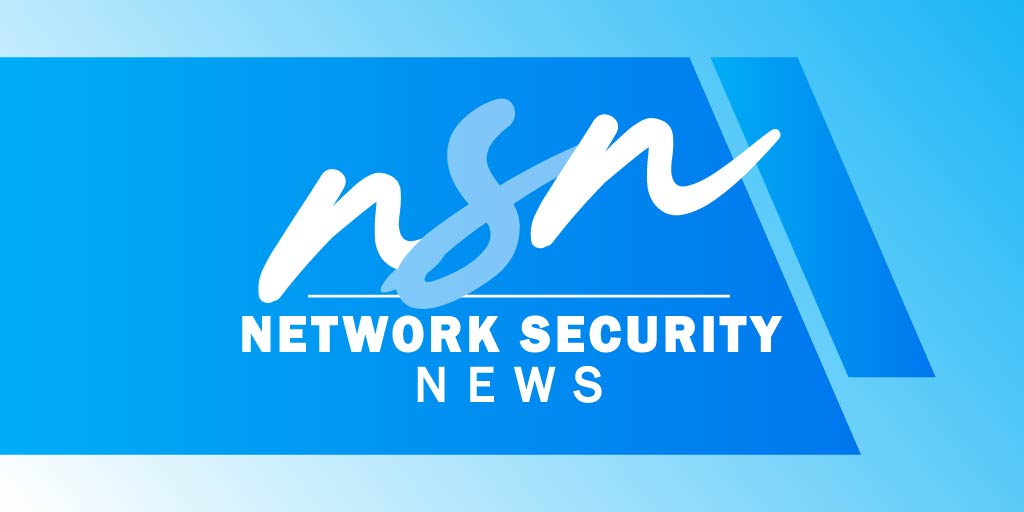1 min read
Articles of interest from the week of August 2, 2021
Security Breaches Where Working From Home Is Involved Are Costlier, Claims IBM Report Firms looking to save money by shifting to more flexible ways...
24/7/365 Monitoring & Alerting
Compromise Assessments
Threat Hunting
Vulnerability Management
CMMC Preparation & Assessment
Cybersecurity Assurance Readiness (CSAR®/RMF Pro)
ATO/RMF Support
If you are concerned about a potential threat or are experiencing a breach, contact our 24/7/365 emergency hotline at 888-860-0452.
 Subscribe to NetSec News
Subscribe to NetSec NewsSign up to receive our biweekly newsletter that covers what's happening in cybersecurity including news, trends, and thought leadership.
At our core, Ingalls is a company that strives to be helpful to our clients while continuously innovating and evolving our technology and solutions. Since 2010, we have been dedicated to building a team and product that can stay steps ahead of threats, attacks, and vulnerabilities in an ever-changing landscape.
1 min read
John Frasier : Aug 8, 2022 12:00:00 AM
Last week IBM Security released the annual Cost of a Data Breach Report, revealing costlier and higher-impact data breaches than ever before, with the global average cost of a data breach reaching an all-time high of $4.35 million for studied organizations. With breach costs increasing nearly 13% over the last two years of the report, the findings suggest these incidents may also be contributing to rising costs of goods and services. In fact, 60% of studied organizations raised their product or service prices due to the breach, when the cost of goods is already soaring worldwide amid inflation and supply chain issues. (IBM Newsroom)
Among the best practice items for Gmail security protection, strengthening your login credentials and enabling two-step verification are high on the list, as I mentioned in an article over the weekend. But what if I were to tell you that security researchers have now uncovered evidence of one likely state-sponsored attack group that has found a way to bypass even these protections? (Forbes)
A malicious campaign leveraged seemingly innocuous Android dropper apps on the Google Play Store to compromise users' devices with banking malware. (The Hacker News)
This article discusses Windows shortcuts (LNK files) as a medium to deploy malware and/or establish persistence. In the initial stages of an attack, threat actors are gravitating more towards the use of malicious shortcuts that deploy malware by executing code in the context of so-called living-off-the-land binaries (LOLbins) – legitimate executables that are readily available on Windows systems, such as powershell.exe or mshta.exe – to bypass detection. Threat actors conveniently build malicious LNK files with Windows system capabilities or tools specifically designed for that purpose, and then distribute the files to victims, usually through phishing emails. (SentinelLabs)
The U.S. Cybersecurity and Infrastructure Security Agency (CISA) on Friday added the recently disclosed Atlassian security flaw to its Known Exploited Vulnerabilities Catalog, based on evidence of active exploitation. The vulnerability, tracked as CVE-2022-26138, concerns the use of hard-coded credentials when the Questions For Confluence app is enabled in Confluence Server and Data Center instances. (The Hacker News)
1 min read
Security Breaches Where Working From Home Is Involved Are Costlier, Claims IBM Report Firms looking to save money by shifting to more flexible ways...
Second Log4j Vulnerability (CVE-2021-45046) Discovered — New Patch Released The Apache Software Foundation (ASF) has pushed out a new fix for the...

1 min read
Only 8% of Businesses That Paid a Ransom Got All of Their Data Back The average total cost of recovery from a ransomware attack has more than doubled...